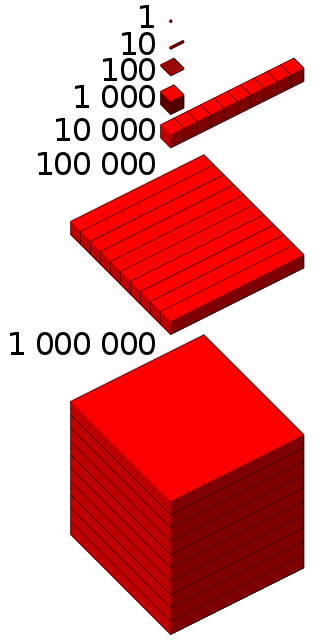Mathematical properties
1105 is the smallest positive integer that is a sum of two positive squares in exactly four different ways, [1] [2] a property that can be connected (via the sum of two squares theorem) to its factorization 5 × 13 × 17 as the product of the three smallest prime numbers that are congruent to 1 modulo 4. [2] [3] It is also the smallest member of a cluster of three semiprimes (1105, 1106, 1107) with eight divisors, [4] and the second-smallest Carmichael number, after 561, [5] [6] one of the first four Carmichael numbers identified by R. D. Carmichael in his 1910 paper introducing this concept. [6] [7]
Its binary representation 10001010001 and its base-4 representation 101101 are both palindromes, [8] and (because the binary representation has nonzeros only in even positions and its base-4 representation uses only the digits 0 and 1) it is a member of the Moser–de Bruijn sequence of sums of distinct powers of four. [9]
As a number of the form for 13, 1105 is the magic constant for 13 × 13 magic squares, [10] and as a difference of two consecutive fourth powers (1105 = 74− 64) [11] [12] it is a rhombic dodecahedral number (a type of figurate number), and a magic number for body-centered cubic crystals. [11] [13] These properties are closely related: the difference of two consecutive fourth powers is always a magic constant for an odd magic square whose size is the sum of the two consecutive numbers (here 7 + 6 = 13). [11]



